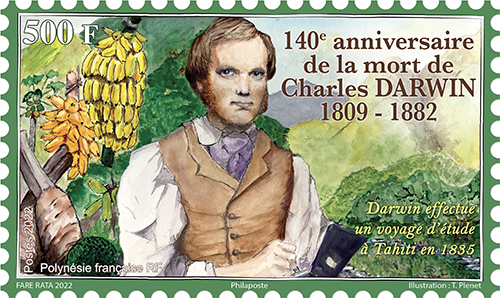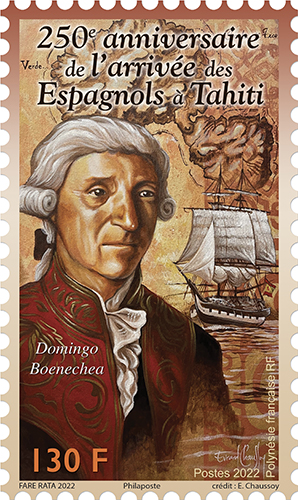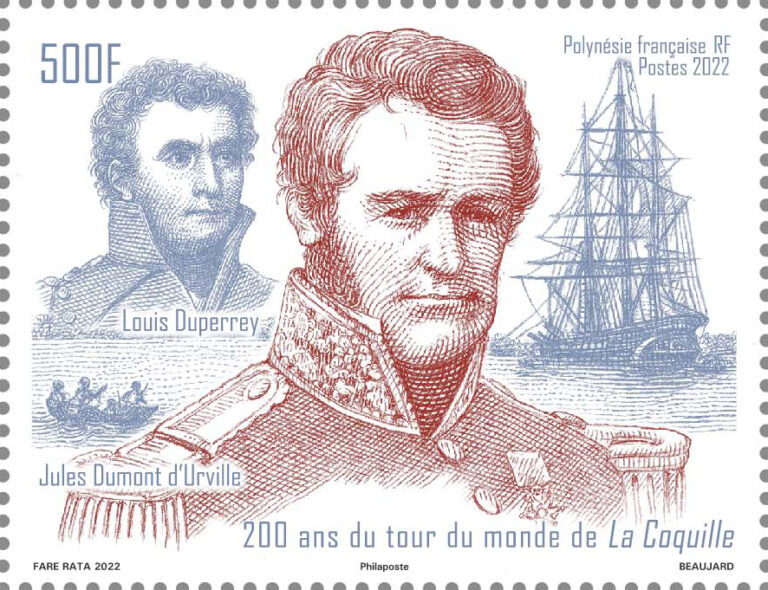140e anniversaire de la mort de Charles DARWIN
Charles Darwin est né le 12 février 1809 à Shrewsbury et meurt le 19 avril 1882 à Downe, en Angleterre.
Ce naturaliste et paléontologue anglais dont les travaux ont révolutionné les notions sur l’évolution des espèces sur terre grâce à la sélection naturelle, fut célèbre pour son livre « L’Origine des espèces » paru en 1859. La théorie de Darwin démontrant que toute les espèces évoluent et s’adaptent à leurs environnements afin de survivre.
Sa théorie a été un profond revirement de la pensée scientifique, philosophique voire même religieuse sur la nature même de l’espèce humaine.
L’essentiel de ses travaux fut basé sur l’observation et l’étude durant les cinq années d’expédition à bord du navire le Beagle (1831-1836).
Un voyage autour du monde durant lequel Darwin fit, avec méthode, un grand nombre d’observations, récolta toute sorte d’espèces vivantes ou fossilisées et nota scrupuleusement chaque découverte, souvent inconnue jusqu’alors.
Rapidement, Darwin se forgea une solide réputation parmi les scientifiques. Ses découvertes richement décrites et analysées démontrent le bien-fondé de ses travaux.
Son mémoire de voyage, à l’origine destiné à sa famille, fut publié en 1839 sous le titre « Le Voyage du Beagle ».
Ce Livre décrit chaque étape de son aventure et fourni de multiples observations dans tous les domaines tel que la biologie, la géologie, la sociologie, l’anthropologie aussi bien sur la nature, que sur les populations rencontrées.
Ce voyage débuta par la traversée de l’océan atlantique puis le long des côtes d’Amérique du sud, passant le détroit de Magellan vers l’océan Pacifique (les îles Galápagos, Polynésie française, Nouvelle-Zélande, Australie, Tasmanie) puis l’océan indien (îles Cocos, Maldives, île Maurice) Le Cap, puis le retour par le Brésil jusqu’en Angleterre.
Arrivé à Tahiti le 15 novembre 1835, le beagle s’amarre dans la baie de Matavai. Aussitôt, Darwin remarque la beauté de nos côtes et l’accueil chaleureux des Tahitiens.
Dès le lendemain, accompagné de guides tahitiens, il part à la découverte de l’intérieur de l’île dans la vallée de Tu?’uru dans la commune de Mahina. Lors de son ascension, il notera chaque détail de la luxuriance de la flore mais aussi l’ingéniosité et la symbiose du polynésien dans son environnement.
Par ailleurs, c’est arrivé au sommet qu’il découvre au loin, l’île de Moorea et son récif qui lui donnera l’idée de la théorie de l’origine volcanique des atolls.
Fare Rata, la Poste de Polynésie est honorée de commémorer ce scientifique qui bouleversa notre vision du monde et dont le passage en Polynésie restera dans nos mémoires.
140th anniversary of the death of Charles DARWIN
Charles Darwin was born on February 12, 1809 in Shrewsbury and died on April 19, 1882 in Downe, England.
This English naturalist and paleontologist, whose work revolutionized notions about the evolution of species on earth through natural selection, was famous for his book “Origin of species” published in 1859. Darwin’s theory demonstrates that all species evolve and adapt to its environment in order to survive.
His theory was a profound reversal of scientific, philosophical and even religious thought on the very nature of the human species.
Most of his work was based on observation and study during the five-year expedition aboard the ship the Beagle (1831-1836).
A voyage around the world during which Darwin made, methodically, a large number of observations, collected all kinds of living or fossilized species and scrupulously noted each discovery, often unknown until then.
Darwin quickly established a solid reputation among scientists. His findings, which are richly described and analyzed, demonstrate the merits of his work.
His travel memoir, originally for his family, was published in 1839 under the title “The Beagle’s Journey”.
This book describes each stage of his adventure and provides multiple observations in all fields such as biology, geology, sociology, anthropology as well on nature, as on the populations encountered.
This journey began with the crossing of the Atlantic Ocean and then along the coasts of South America, passing the Strait of Magellan towards the Pacific Ocean (the Galapagos Islands, French Polynesia, New Zealand, Australia, Tasmania) then the Indian Ocean (Cocos Islands, Maldives, Mauritius) Cape Town, then return by Brazil to England.
Arrived in Tahiti on November 15, 1835, the beagle moored in the bay of Matavai. Immediately, Darwin noticed the beauty of our coasts and the warm welcome of the Tahitians.
The next day, accompanied by Tahitian guides, he went to discover the interior of the island in the valley of Tu?’uru in the commune of Mahina. During his ascent, he will note every detail of the luxuriance of the flora but also the ingenuity and symbiosis of the Polynesian in his environment.
Moreover, when he arrived at the summit he discovered in the distance, the island of Moorea and its reef that will give him the idea of the theory of the volcanic origin of the atolls.
Fare Rata, the Polynesia Post Office is honored to commemorate this scientist who changed our vision of the world and whose passage in Polynesia will remain in our memories.





Avis
Il n’y a pas encore d’avis.